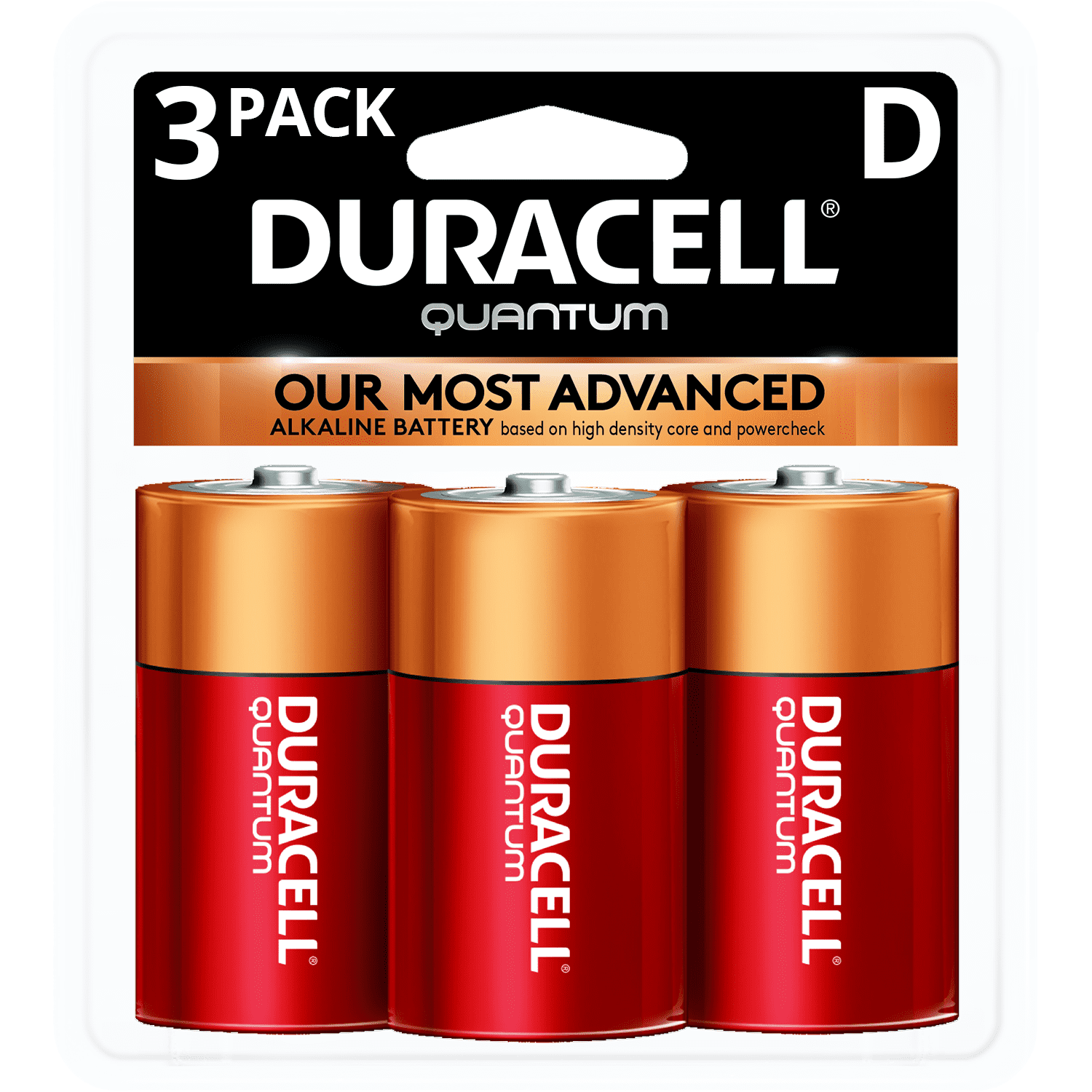
That means it can’t be mounted outdoors in very cold environments, so be aware of that if you live in the midwest and the northeastern United States. The Power Center is rated for outdoor use, with an enclosure that protects against rain and snow, and an operating temperature range of 32° to 122° F (0° to 50° C). In fact, the UK and Australia have their own Duracell-branded home energy storage solutions sold as the Duracell Energy Bank product line, which is also manufactured by a licensee of the Duracell name. Duracell itself has not spent a lot of time developing lithium-ion technology, but they have made these kinds of strategic partnerships with companies that have. This type of licensing agreement isn't exactly rare. Shortly after the announcement of the licensing agreement, the companies revealed that at least 10,000 of the Duracell systems would be produced in the three years following the announcement.

The technology included in the systems meets Underwriter's Laboratories (UL) standards and complies with state energy commission regulations in Hawaii and California. The Duracell Power Center is manufactured alongside Eguana's own products in the Omega EMS facility in San Jose, California. These companies manufacture the components used in the Power Center based on technology from a third company, Eguana Technologies, and use the Duracell name to market the products in North American and Caribbean markets.ĭoes this mean the Power Center is a cheap knock-off with a major brand's name on it? Not at all. Instead, the Duracell brand name has been licensed by a subsidiary of Omega Electronics Manufacturing Services (Omega EMS) called Power Center+. But the Power Center is not among the products manufactured by Duracell. Currently owned by Berkshire Hathaway, the company manufactures dozens of products and is one of the most trusted brands in the world. Licensed technologyĪs we mentioned at the start of this article, Duracell is one of the biggest names in batteries. If you live in a location with TOU billing, ask your installer to set the battery up for load shifting functionality during peak times. Right now, the savings from avoiding peak charges probably won’t be high enough to pay back the cost of the battery. Using the Power Center to do this can save the average household hundreds of dollars annually and still ensure backup power is available during a power outage.

You can charge the Power Center with solar energy during the day and use some of that stored energy to run appliances in the evening when electricity rates are higher. How the Power Center saves you moneyįor many people, the Power Center's most effective use is to protect you from high energy costs during the daily peak hours of a Time of Use (TOU) rate plan. This gives the Duracell Power Center the flexibility to connect to an existing solar installation, or even charge from the grid in a home without solar.

The Duracell Power Center is an AC-coupled battery that charges from AC power and discharges AC power back to the home thanks to the system's built-in power inverter. These are some hefty batteries - the PCS module weighs 145 pounds, while each battery cabinet weighs 223 pounds. The smallest footprint for the installation is 43.3” wide, 22.5” tall, and 15.7” deep for one battery, while the largest configuration with three battery cabinets extends to 88.3” wide. homeowners, as the technology is safer and more environmentally friendly than lithium nickel manganese cobalt (NMC) cells in batteries like the Tesla Powerwall and Generac PWRcell.Īs seen in the picture above, the components of the Power Center must be mounted on a wall, which means you need the space to do it. LFP batteries are quickly becoming the preferred choice among U.S. With daily charging cycles, that's a little over 15 years of designed life. The battery cabinets in the Power Center contain lithium iron phosphate (LFP) battery cells, and Duracell says they can be cycled up to 6,000 times while maintaining at least 70% of their original capacity. One to three battery cabinets can be installed to store between 14 and 42 kilowatt-hours (kWh) of electricity.Ī Duracell Power Center with one 14 kWh battery cabinet (right) attached. The PCS provides power inversion from AC to DC and back, can deliver up to 5 kilowatts (kW) of continuous power, and surge up to 8.5 kW to start motors. The Power Center energy storage system is a modular system consisting of two main pieces of equipment: a Power Control System (PCS) and a battery module. Show more How the Duracell Power Center works


 0 kommentar(er)
0 kommentar(er)
